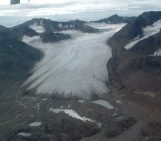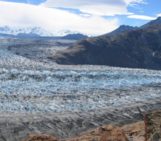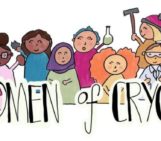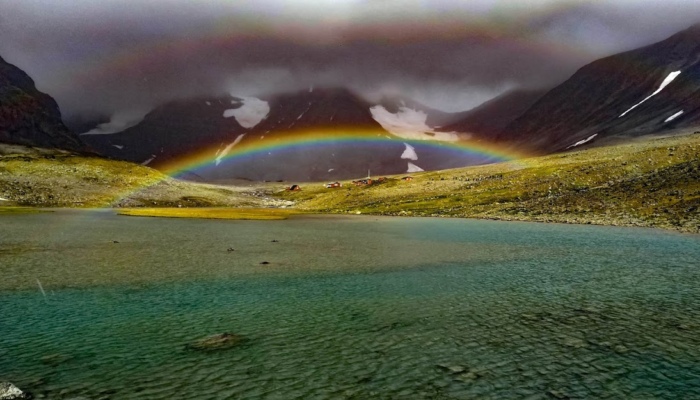
On the 5th of July we will celebrate the International Day of LGBTQ+ (lesbian, gay, bisexual, transsexual, queer, and people that do not identify themselves as cis and/or straight) People in Science, Technology, Engineering, and Maths (STEM). Many people will ask: “Why is this day important?” Being a queer scientist in particular, and a queer person in general, can sometimes reminds us of how living organisms feel in extreme environments. In this blog post, I will use the analogy of organisms thriving in harsh environments, to highlight the struggles of LGBTQ+ people in the science community.
I am a geomicrobiologist investigating how microorganisms interact with their surroundings in order to survive and what impact this activity has on the environment in which the microbes live. My PhD focused on the subglacial environment (underneath glaciers), and although it is a well-known fact that microorganisms can survive in extreme conditions, it was not until the late 1990s that the first subglacial bacteria were described (Priscu et al., 1999; Sharp et al., 1999). This discovery led to a shift in the way we regarded the subglacial environment: from a cold, dark, nutrient desert to a microbial oasis, an ironic “hot spot” for life within immense ice masses (Tung et al., 2006), showing a very high abundance of microorganisms (Toubes-Rodrigo et al., 2016).
How can microorganisms survive in a carbon poor and dark environment?
In illuminated environments, plants and photosynthetic bacteria are able to get energy from the sunlight, but this resource is not available under meters and meters of ice. At the bottom of glaciers, where the ice is in contact with the underlying ground, debris can entrain into the ice (Hubbard et al., 2009; Knight, 1997). Microorganisms are able to take advantage of the sediment and produce energy from the minerals to create organic matter in a process called chemolithotrophy. In addition, due to physical interactions between sediment and ice, there is always a thin layer of liquid water (even at sub-freezing temperatures) around the sediment grains, and it is well known that water is one of the most limiting factors for life. The bacteria which get their energy from the minerals and water under the glacier are called chemolithotrophs.
This process continues as glaciers flow across the ground. As glaciers flow, fresh minerals are picked up into the ice, becoming a supply for chemolithotrophs, which in turn enrich the sediment with carbon over time (Telling et al., 2015). The extra carbon then allows for the blooming of microorganisms capable of feeding on it (heterotrophs). Therefore, we have an active ecosystem in such a harsh environment.
How does this link to the LGBTQ+ Community?
This is a very good analogy for the conditions the LGBTQ+ community finds itself in: we usually find that our surroundings are very cold towards us. Just ask a homosexual person what reaction we receive when we are doing something as normal as holding with our partners or ask a trans person about the reaction they receive for their mere existence. Nevertheless, we queer people are capable of not only thriving but also making an impact and changing the mentality around us. As the visibility and representation of queer people continues to grow, people are becoming more educated about queer lives, queer history and the issues we still face. Much like the microbes that enrich the sediment, we enrich society through our diversity. Therefore, events such as the International Day of LGBTQ+ People in STEM are critical to maintaining and furthering the progress we have already made.
We can imagine glaciers as giant conveyor belts, able to transport sediment from the bedrock underneath the ice and release it downstream. The process of transport will not only affect the location of the sediment, but also the chemical makeup of it, due to the activity of microorganisms over years and years. The sediment released from glacier is richer in some of the nutrients, generating fertile soil. Yet again, this a wonderful metaphor: many people have questioned why LGBTQ+ Pride (in STEM) is needed, as LGBTQ+ rights have advanced so much in recent years. However, it is arguably more important now than ever before as, whilst we have made huge progress, we are still the target of hatred. For example, we still find attacks to queer people in cities such as London and Detroit only last week (see articles below) and in many countries around the world, queer existence is either passively ignored or actively threatened.

A number of museums associated with the University of Cambridge Museums are hosting LGBTQ+ Tours, to highlight research by the LGBTQ+ community and to educate the public. Just recently, the Scott Polar Museum ran the ‘Bridging Binaries Tour’ which included information about same-sex behaviour among penguins, and non-normative gender identities in the ancient world [Credit: University of Cambridge Museums].
How can LGBTQ+ initiatives help?
Initiatives such as Pride, LGBTQ+ people in STEM day or the Bridging Binaries Tours increase the visibility of the community: we prepare the soil for queer people to thrive. It helps internally-struggling individuals accept themselves, and highlights that it is ok to be different and that we exist. A discouraging fact for me when I was growing up was the lack of LGBTQ+ role models in science. A lack of role models has a terrible impact on LGBTQ+ people in STEM. Just to give a couple examples taken from PRIDE in STEM: more than 40% of LGBTQ+ people in STEM remain in the closet, having to disguise a fundamental part of themselves. Furthermore, gay, lesbian, and bisexual students are less likely to follow an academic career. When I first started my PhD, I was asked “edit it down” and be less overt about my sexuality, even by friends. Initiatives such as the International Day of LGBTQ+ People in STEM can make our surroundings more welcoming: it gives us a voice, a place. It gives us a space, in which we can express ourselves, and allows us to inspire the new generations of scientists, technologists, engineers, and mathematicians. As with microorganisms, the whole of society needs to stick together, interact and positively feedback all its members. Just as microorganisms thrive and diversify the community under glaciers, LGBTQ+ people should be able to thrive and add balance to the scientific community. This is why we need to nurture, nourish, and celebrate diversity with days such as International Day of LGBTQ+ (lesbian, gay, bisexual, transsexual, queer) People in Science, Technology, Engineering and Maths (STEM), especially in such politically divided and uncertain times. At the last EGU general assembly, a pride@EGU event was held which provided a meeting point for the LGBTQ+ community and allies (non-LGBTQ+ community members who support them). For more information about LGBTQ+ STEM day, please visit http://lgbtstemday.org.
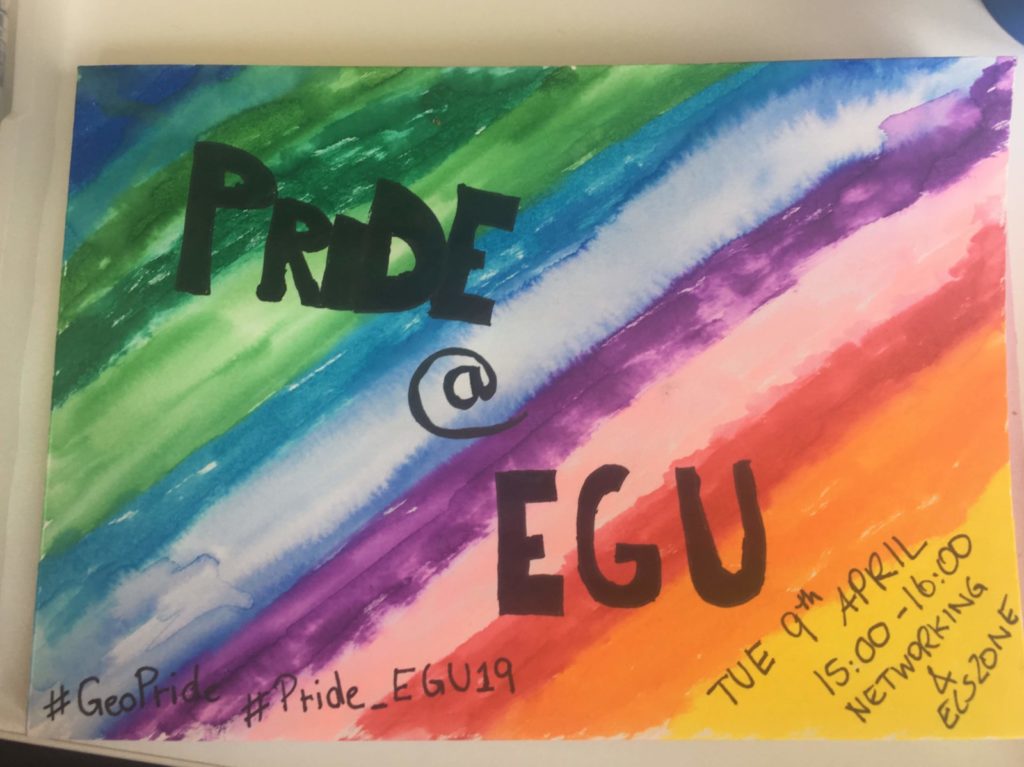
At the last EGU general assembly, the pride@EGU event was well attended. Another event is being planned for the next general assembly in 2020 [Artwork/photo credit: Dr Stephanie Zihms].
Further reading
- Pride in STEM website
- LGBTQ+ tours at the University of Cambridge Museums
Edited by Jenny Turton
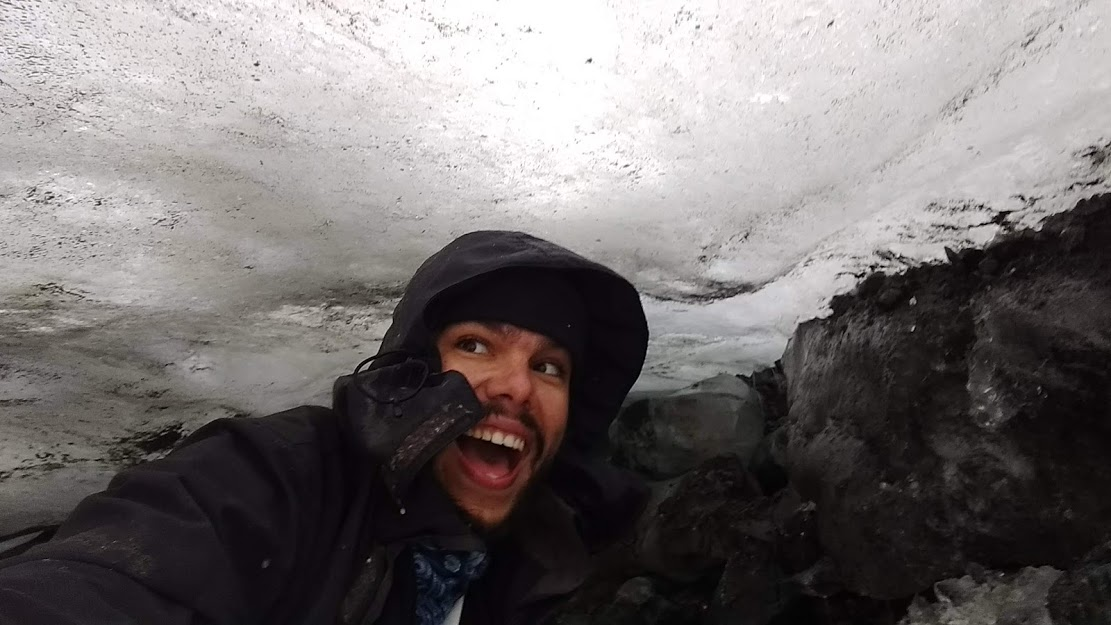 Dr Mario Toubes-Rodrigo is a post-doctoral research associate at the Open University, UK. Previously, he completed his PhD at the Manchester Metropolitan University. His research focuses on investigating microorganisms which inhabit extreme environments from the lowest layers of glaciers to sulphate-rich lakes, comparing their production of gases to those in the Martian Atmosphere. Mario is an active twitter user and goes by the handle: @micro_mario.
Dr Mario Toubes-Rodrigo is a post-doctoral research associate at the Open University, UK. Previously, he completed his PhD at the Manchester Metropolitan University. His research focuses on investigating microorganisms which inhabit extreme environments from the lowest layers of glaciers to sulphate-rich lakes, comparing their production of gases to those in the Martian Atmosphere. Mario is an active twitter user and goes by the handle: @micro_mario.

